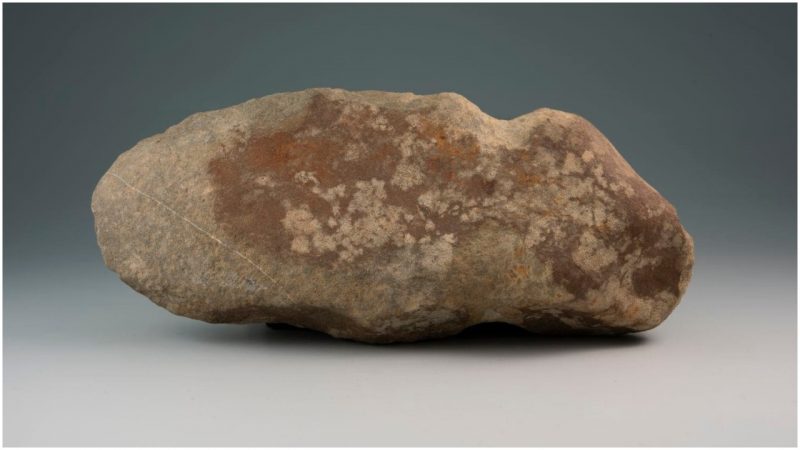Most people go to Mount Vernon in Virginia to learn about George Washington and life in the 18th century. But for a group of high school seniors on a field trip, Mount Vernon became a time portal to glimpse life in the fourth millennia BC.
The student group, participating in an archaeological dig, found a stone axe head about seven inches long and three inches wide, believed to have been created by a Native American craftsman some 6,000 years ago.
According to the Mount Vernon website, “Similar axes date to the Archaic Period of Virginia’s history (4,500-8,000 years ago) and would have been an important part of the Native American toolkit roughly 6,000 years ago.”
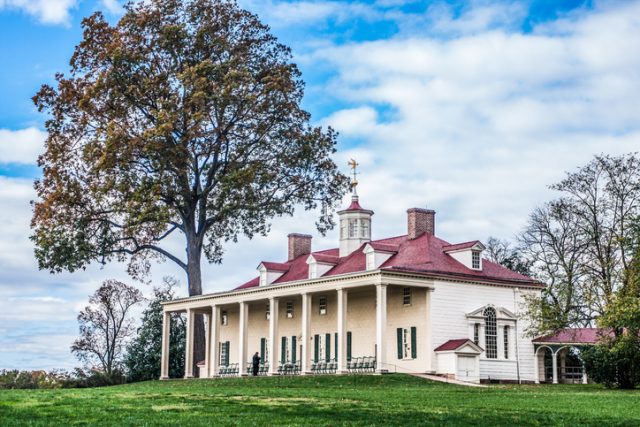
“The group made this archaeological discovery at Mount Vernon’s African American cemetery, which oral history suggests was the resting place for enslaved individuals and possibly some of their freed descendants.”
“The axe provides a window onto the lives of individuals who lived here nearly 6,000 years ago,” said Sean Devlin, Mount Vernon’s curator of archaeological collections. “Artifacts, such as this, are a vital resource for helping us learn about the diverse communities who shaped this landscape throughout its long history.”
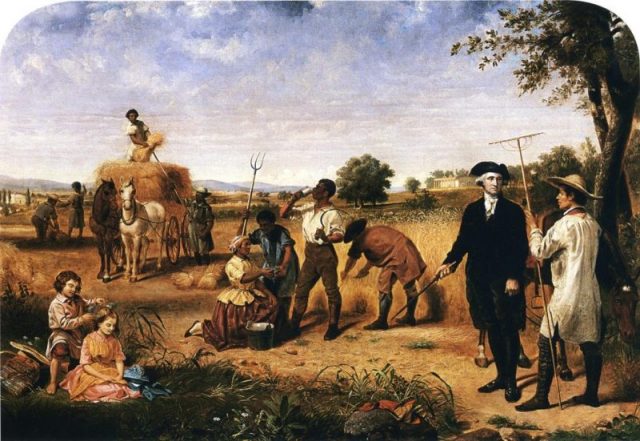
Mount Vernon officials said the axe had been made from a piece of “green stone” that was most likely taken from a nearby river.
The axe was chipped with a hammerstone to create its cutting edge; following that it was carved with a harder stone to create a smoother cutting surface. It was then worked even further with a grinding stone. The tool was most likely highly valuable.
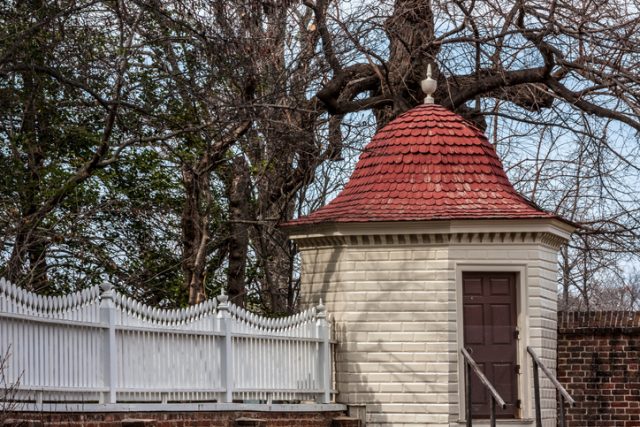
According to the Mount Vernon officials, “The discovery took place along the ridgeline upon which the African American cemetery sits and was used by communities of Virginia Indians as long ago as 8,000 years ago, and continuing for several thousand years afterward based upon the archaeological evidence.”
“While the site appears to have been continually occupied over this period, it was not necessarily a ‘village’ site. Rather, the location was probably one of many temporary stopping over points for a community as they traveled along the river or exploited the resources of the area.”
Devlin said the axe was dated by making use of knowledge of when similar tools came into use and by dating the methods of its construction. Hundreds of other artifacts have been found at the site, but none quite like this.
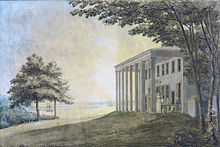
The student group’s archaeology teacher, Jason Anderson, whose son was one of the two students who found the axe, told the Washington Post that students from Archbishop Hoban High School have been involved with archaeology work at Mount Vernon for six years.
“The neatest thing is: The whole purpose we do any of this stuff is to get students interested in archaeology,” Anderson said, adding that he was thankful it was the students rather than adults who made the discovery.
For Mount Vernon’s archaeologists, artifacts such as the axe help researchers interpret the daily lives of people who lived there long ago. Its archaeology program maintains an electronic database where data is recorded about every artifact recovered and where it was found. After cataloging objects, Mount Vernon’s team cleans, preserves, and stores all of our artifacts here on-site so they are available for researchers.
Mount Vernon’s original house was constructed from wood, built by George Washington’s father around 1734. Once he owned it, George expanded the house twice — in the late 1750s and in the 1770s. It remained Washington’s home until his death in 1799.
Read another story from us: The Mysterious Underwater Land Mass Known as the ‘British Atlantis’
The house fell into decline until a historical group stepped forward to preserve it in the 1850s. The house was later designated as a national landmark.
